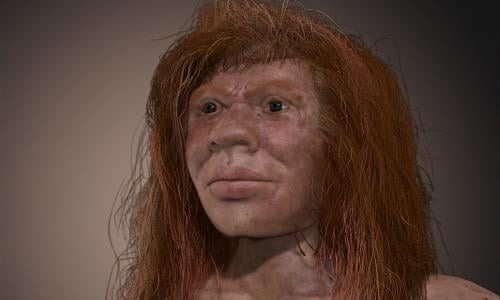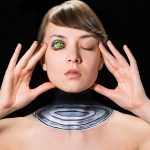Slon was amazed as she looked at the example on the screen. There must have been a mistake. She repeated the experiment, but every time, she got the same result.
The mysterious girl showed Slon the answers he had always sought and revealed our forgotten past to the world. The strange discovery was significant.
In 2012, scientists found a piece of old bone in a cave in Siberia. The plain bone was put in a pile of other animal fossils that were found with it.
At the time, researchers thought it was just another example of an early human species, the Denisovan, that was discovered at the site two years before. But that wasn’t true.
Scientists discovered the Denisovan by analyzing a tooth and finger bone in the Altai Mountains. They identified it as a completely new species of early human. “Hominin” is the term for “all the species regarded as human.”
The piece of bone was left by the side of the animal fossils in Slon’s lab at the Max Planck Institute for Evolutionary Anthropology until she told one of her colleagues to take a closer look at the old specimens to update their filing system. This simple request changed how we see the history of the world.
Slon’s colleague looked closely at the bone fragment, as she had been told to, and immediately asked for her help. The order of the DNA wasn’t what she expected.
The DNA showed that it belonged to a teenage girl, about 15 years old.
She thought she had made a mistake when she first studied the results.
While studying the bone fragment, she realised that the ancient girl’s genetic makeup was very diverse.
Slon’s eyes got huge as she looked at the test analysis one last time. She had discovered something significant about human evolution.
The analysis showed that this girl was the love child of a dad who was a Denisovan and a mum who was a Neanderthal. But how was that even possible?
Scientists examined the DNA of 144 Guenon monkeys to determine why the two groups had such different features.
The “red” and “blue” monkeys naturally had babies that were a mix of the two types, and this was happening outside of a zoo.
Researchers found that the first people to live there were red monkeys.
Later, the blue ones invaded the area. Both sides didn’t mind the significant differences in appearance. This brings the first key vital to understanding where we came from—changes to animals’ habitats that force them to move to new places.
A prizzly is a cross between a grizzly bear and a polar bear. Isn’t it lovely?
The hybrids were first found in the wild, and then zoos tried to breed them in captivity. This is sad. They shouldn’t have existed at all.
Because the ice shelves were melting, the polar bears had to move to any place with solid land.
Nature can usually adapt to harsh conditions, changes in climate, and habitat. As we all know from Jurassic Park, “Life finds a way.”
It’s hard to imagine what happened in the past to bring Denisovans and Neanderthals together. As for Slon, it was a critical moment in human history and discovery that she will never forget.

 Discuss
More news
Discuss
More news


